Some Expo tourists dialed the “Summer Hotline” of this newspaper, saying that with over 150 new energy vehicles running through the Expo Site, there is no frustrating gas smell and little noise.
Thanks to the on-going Expo that offers a stage for practical operations of the new energy vehicles, with the experience thereby concluded to benefit the development of low-carbon transportation in the future.
The Low-Carbon Bus is “Very Clean”
Hong Renchu, President and General Manager of Shanghai Bus Public Transportation (Group) Co., Ltd. indicates that in the Expo Site, there is a fleet of the low-carbon buses that are of the state-of-the-art technologies nationwide and are a concentrated display of the latest development achievement in the field of new energy vehicles in China.
Deemed to be the world’s largest scale of exemplary operations of new energy vehicles, a fleet of over 1,000 new energy vehicles will be running in the Expo Site and around the pavilions, which will include 120 pure electric capacity buses, 36 super-capacitor buses and 6 hydrogen-powered buses.
According to Hong Renchu, it was forecasted that the rail transit and buses would each carry forty percent of the Expo visitors, with the remaining twenty percent to be ferried. However, statistical data suggest that as the Expo calendar has gone by half, the buses have been carrying over 75% of the passenger flow. “The effects greatly exceed our expectation,” said Hong.
There are over 16,000 buses involved in the operations of the bus system in Shanghai, with a daily average passenger flow exceeding 7 million. In contrast, the low-carbon buses running through the Expo Site carry about 0.9 million passenger maximum per day. “The Expo Site utilizes 1% of the bus fleet available in Shanghai to carry 10% passenger flow in this cosmopolitan city,” said Hong Renchu.
Mr. Liu, a Shanghai citizen, has visited the Expo Site for over a dozen times. Each time he basically travelled by bus in the Expo Site. On taking the low-carbon bus, Liu said, ”It’s very clean. There is no pollution and little noise.”
Look forward to a Cell Technology Revolution
■The electric buses running through the Expo Site have their advantages and disadvantages as well.
The super-capacitor buses are noted for swift charging. But they have limited capacity, and what is worse, up to 25% energy is converted into heat energy in the course of charging, causing a waste of energy. Hong Renchu said that the super-capacitor vehicles have a relatively lower cost if observed from the perspective of the current services.
The super-capacitor vehicles are used to run the Expo Boulevard Line. The buses of such type had once been put into passenger-carrying operations of Line 11. This time, the continued driving distance was extended to 4 kilometers through technical upgrading. Originally, the bus would have to raise up its plait to charge for one minute every time it stops by a bus stop. And now, they can afford a distance of two to three stops before getting charged.
The pure electric capacity buses are noted for considerably large capacity. But it takes longer time to get them charged, due to which they can hardly meet the demands for continuous operations.
■The pure electric capacity buses are used on both the Cross-River Line and GuoZhan Line.
When the cell reaches its minimum quantity level, the driver will drive the bus to the charging room for charging. The charging station is equipped with a total of 120 sets of back-up batteries, enough to meet the prompt demand for cell replacement. It takes more than 2 hours to charge a battery and a fully charged battery will drive the bus for about 80 kilometers.
“There still is room for improvement of these two kinds of technologies and we look forward to a cell revolution,” said Hong Renchu. The low-carbon buses running in the Expo Site offer supports in terms of both technology and data to the low-carbon buses in the future. The future low-carbon buses will be running with better quality and improved reliability. “But it still takes time for the new energy bus to get developed. It took 10 years for the earlier gas engine to be upgraded to the diesel engine. In comparison, it will certainly take time for new energy to get upgraded.”
He also points out that the development trend of low-carbon bus is represented by the hybrid vehicles, which are noted for such advantages as higher fuel efficiency and more environmental friendliness. For instance, there is no more black smoke emitted when starting up a vehicle and lower fuel consumption is required for engine idling.
——Excerpts from Xinmin Evening News August 1, 2010

 中文
中文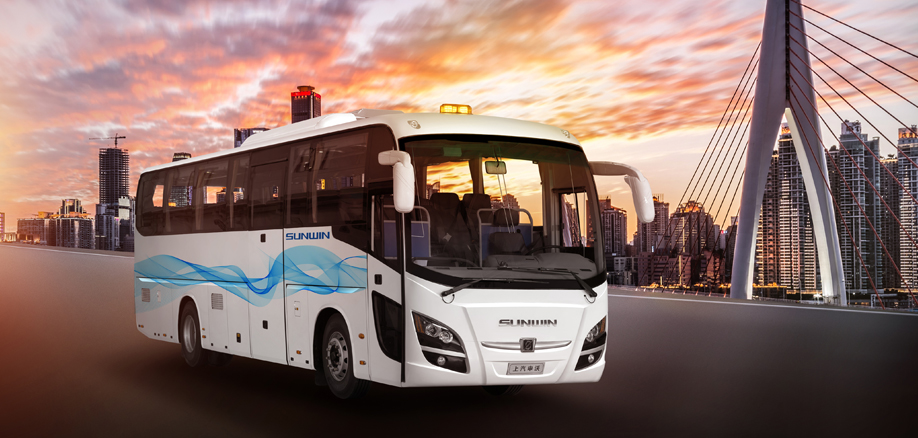
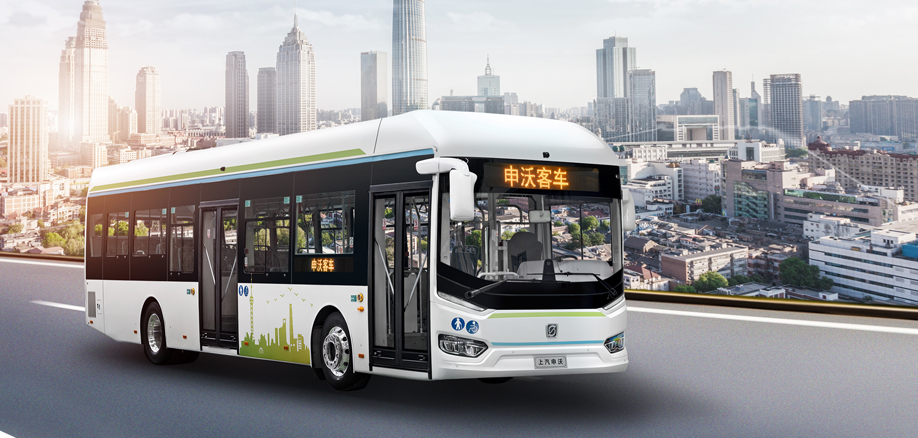
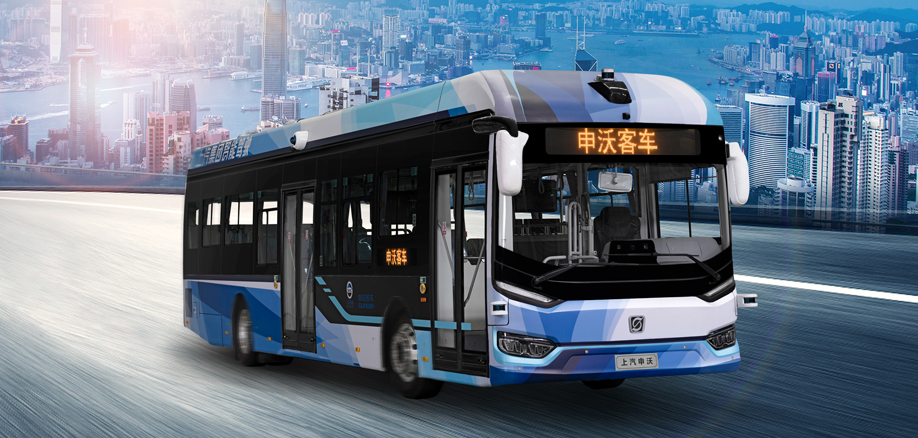

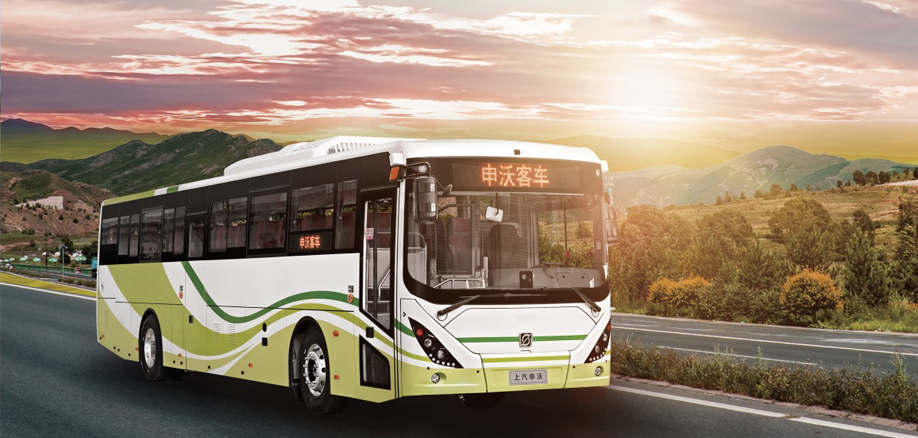

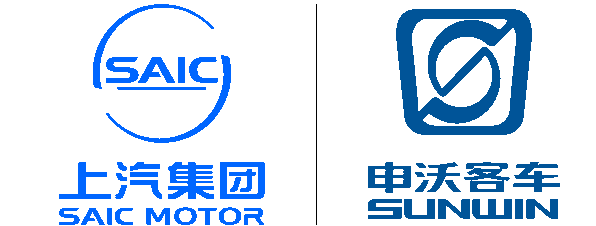
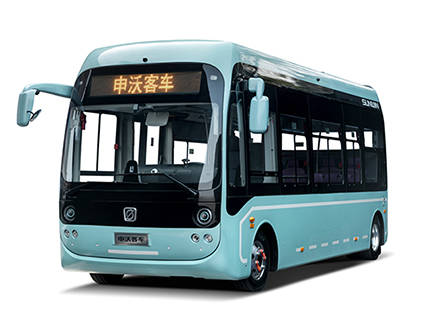
 Search
Search